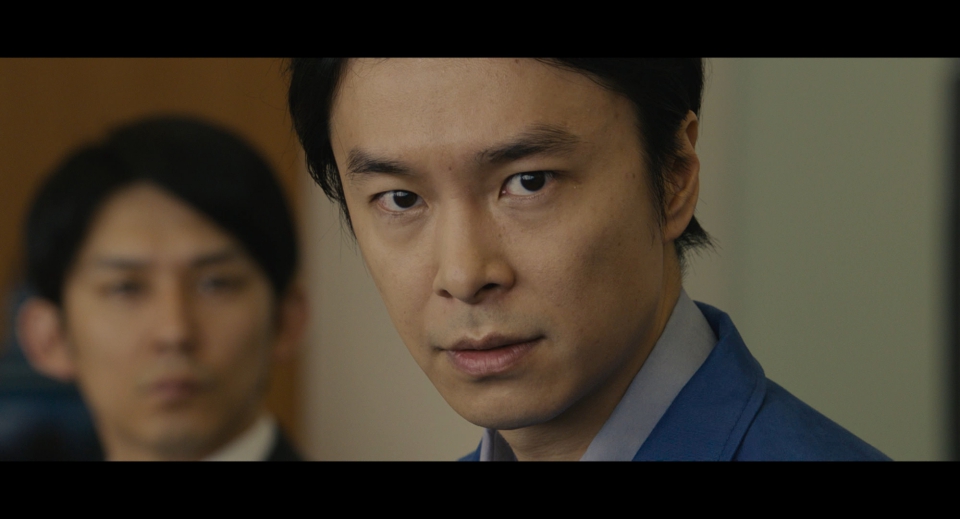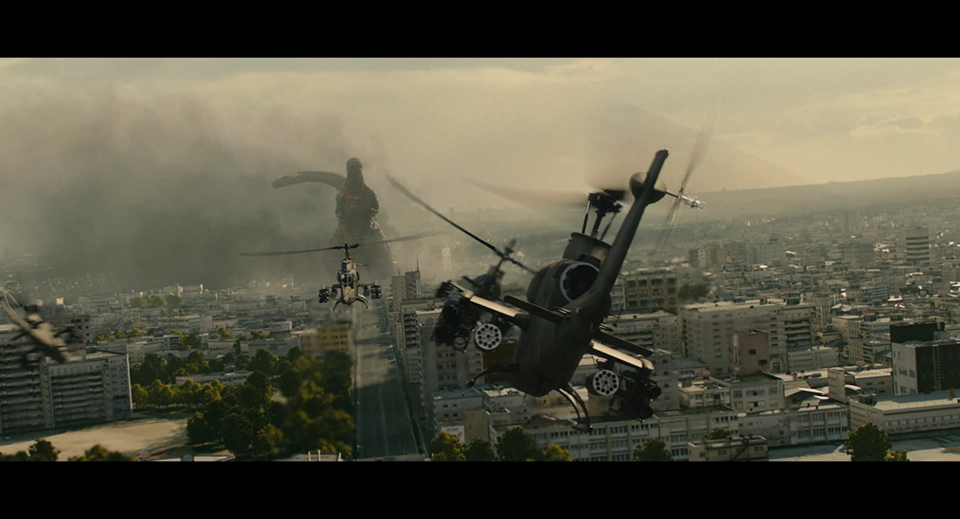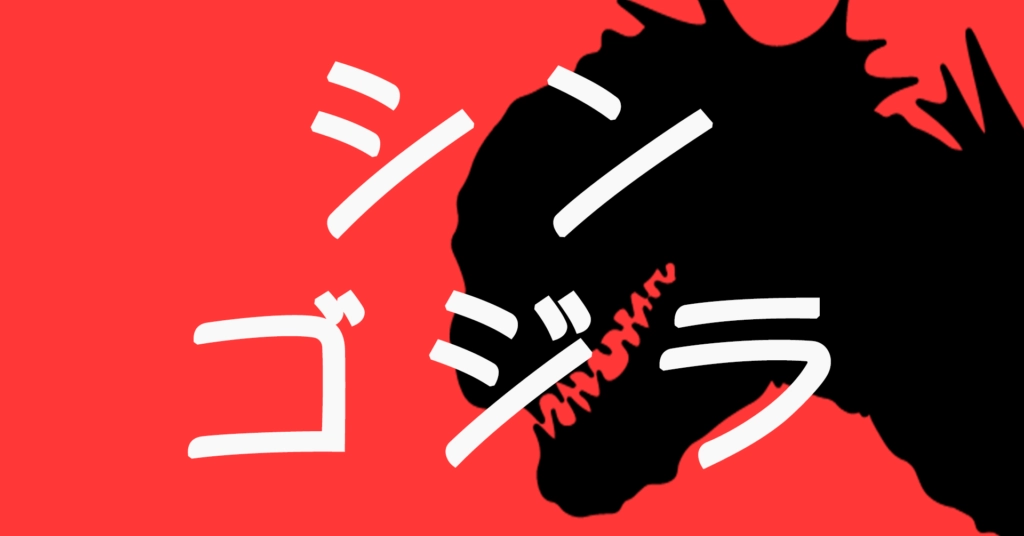On Oct. 12, Hideaki Anno’s Shin Godzilla screened at the Scotiabank theatre in West Edmonton Mall and will have additional screenings on Oct. 19 and Oct. 24.
The Godzilla franchise has had a precarious history as of late, especially in North America. The three most recent reboots of the franchise have been Godzilla (1998), Godzilla 2000, and Godzilla (2014).
The oldest of the bunch was plain bad, 2000 had a lot of fun and cheesy effects and 2014’s version was like a cookie cutter Transformers movie without the robots. All of them are fine as dumb monster movies, but none of them were poignant enough to evoke any lasting excitement or following. They just continued Godzilla’s film career.
The latest reboot, Shin Godzilla (literally “New Godzilla”), places Godzilla in a truly cinematic environment, full of smart writing, engaging cinematography and absolutely sublime editing. The movie is presented in Japanese with subtitles, which lends itself well to the nationalistic plot.
The basic plot of the film is essentially this: what would happen if a big monster really attacked Japan?

The film follows Rando Yaguchi, played by Hiroki Hasegawa, a politician placed in the middle of the bureaucratic crisis management process. With some suspension of disbelief, the film does a fantastic job illustrating what the chain of command and order of operation the Japanese government would have if they actually had to deal with a big monster.
The films goes so far as to name every slightly significant character and their title in the government so as to give the film a basis in reality. The characters never really get enough screen time on their own to fully flesh out who they are, but they are all on screen enough to contribute what they can to the plot and the issue at hand.
Director, editor and writer Hideaki Anno, of cult-classic Evangelion Neon Genesis fame, found a perfect project for his uniquely concise and frantic style of storytelling.
Anno also edited the film, and it shows. With his direction and editing combined, his authorial intention is crystal clear and mighty stylistic.
The similarities between Evangelion and this film are so blatantly apparent, from the original composer of Evangelion, Shiro Sagisu, using music cues from Eva, to the camera shots mimicking famous shots from Eva — all of which contributes to Anno’s classic witty, frantic and desperate pace and tone.
But the plot is exclusively Godzilla.

In addition to sound cues from Eva, the soundtrack skillfully draws from the scores of previous Godzilla films to evoke a real sense of nostalgia and excitement.
As the original 1954 Godzilla film was a commentary on post-nuclear war Japan and the fears around it, Shin Godzilla focuses on the Japanese spirit in the face of a natural disaster, most likely on account of the recent natural disasters in Japan, such as the 2011 Tōhoku earthquake and tsunami.
The original film comments on fears and uncertainties of Japan as a modern nation, whereas Shin Godzilla comments mostly on the role of the United Nations and specifically the United States in Japan’s politics and stability in the face of crisis.
There are clear parallels between how Japan and the rest of the world react to Godzilla in the film and the aforementioned natural disaster.
The film also jabs at the U.S.’s “shoot first, ask questions later” problem solving in the international community, as well as their looming presence, without vilifying them. One of the best comments about the USA in the film is how they changed the original name of “Gojira” to “Godzilla.”
On top of everything, Godzilla itself looks absolutely amazing. The monster has a real nuanced design to it, all the while also evoking and maintaining the retro feel of the older films. It doesn’t feel like a big, cheesy CG project ham-fisted into a film, and it especially doesn’t look like a big puppet.
All in all, the film is one good Gojira flick and, surprisingly, an amazing piece of meaningful cinema.
Cover illustration by Thai Sirikoone





0 Comments